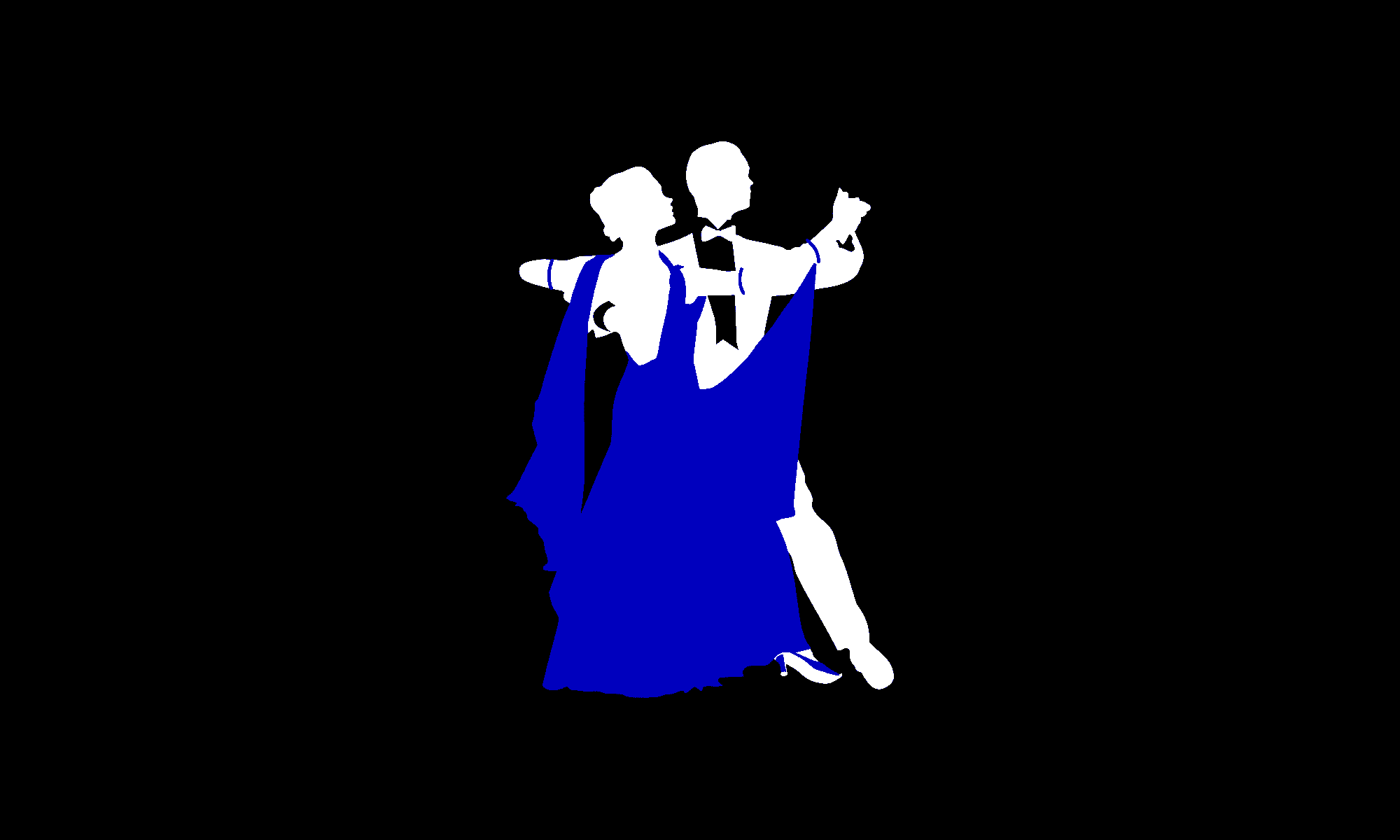Like they say for real estate, “it’s location, location, location”, for social dance parties it’s music, music, music. Seriously, there are four characteristics that must be present for the music to be good. Coming in second after the music is the dance floor.
Music rhythm. The songs should have clear and recognizable rhythms for the dances. Many (most) studios just play songs they like without regard to whether or not the song has a good or appropriate rhythm for dancing. Then they try to figure out what you can dance to it. If everyone is left wondering what dance to dance to a given song, then that song is not a good choice for a social dance party. Trying to dance to bad music can cause the dancers to develop bad habits. With all the good songs available, why play bad music?
Music tempo. The songs should always be the correct tempo for the specific dance. Trying to dance to songs that are the wrong tempo is difficult to impossible, it causes bad habits to form, and it’s not fun.
Music volume. The music should be loud enough so the dancers can hear the music, but not so loud that it interferes with conversations. The guests must be able to talk to each other, have conversations, and be social. It is a social dance party after all.
Music length. Songs should play about 2 to 2.5 minutes, and there should be a short gap between songs. Any song that is longer should be faded early. This allows people to be more comfortable dancing with new partners without feeling like they could get stuck with someone they can’t dance with for a long song. Songs should never be mixed together so that one song follows another with no silence in between. This inter-song gap is extremely important as it signals the end of one dance so the dancers can change partners. It allows time for the dancers to exit the floor and thank one partner before a new song starts and selecting a new partner.
The dance floor should be flat and clean, not sticky and not slippery, preferably wood, and preferably cushioned. The dance floor should also be large enough for the traveling dances. The recommended size is 40×60 feet or larger, but smaller sizes are okay for smaller groups. If the floor is too small (smaller than about 30 feet), some of the ballroom dances cannot be danced.
